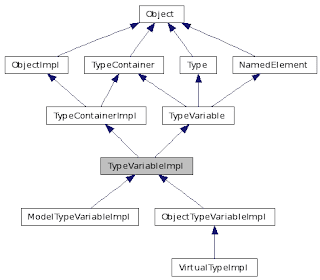What is...?
●Analysis to Decision making systems:
Decision-making systems today has become increasingly complex due to the characteristics of the economic environment facing firms and the amount of information to be used.
Decision making has become therefore a key factor in the administrative process throughout the organization, as well as the importance of dealing with data sharing and have the information in the right place at the right time. This has been implemented systems to support decision making (DSS) that can more efficiently accomplish this.
The strategic decision that involves determining the objectives, policies and resources of an organization which is responsible for the management of enterprises.
Decision making skills level is responsible for the innovation of new products, services and distribute information within the organization.
Decision-making for operational control determines how to perform specific tasks set at medium and high levels of management.
Structured decisions are those that have a clearly defined process to take place, ie that are routinely performed, no change, for example, the selection of staff in a company for a particular position is always given the same way.
Unstructured decisions do not have a default procedure, which must make a decision based on criteria, opinions and views on the problem presented, and the environment in which lies the problem to be solved: eg Decisions on investments in a company when you generate extra income.
Semi-structured decisions are that part of the problem is structured and some other elements are not. An example of this is found in cases of promotion of staff, as some factors are predetermined and not others.
●Structured Language:
Structured language is a limited natural language words and constructions, which gives you more more precision and clarity.
Structured language is a tool that can be used in the specification of processes, systems development.
The structured language can be used to specify an algorithm. Then, for the computer can process it must be transformed or "translated" to a specific programming language.
The decision tree is a diagram representing a sequential conditions and actions show what conditions are considered first, second and so on. This method allows to show the relationship between each condition and the group of permissible actions associated with it.
Decision tree works to discrete functions, where the objective is to determine the combined value of a set of variables, and based on the value of each, determine the action to be taken.
Decision Trees are efficient when it is necessary to describe problems with more than one dimension or condition.
Decision trees are not always the best tool for decision analysis. The decision tree of a complex system with many sequences of steps and combinations of conditions can be quite large.



No hay comentarios:
Publicar un comentario